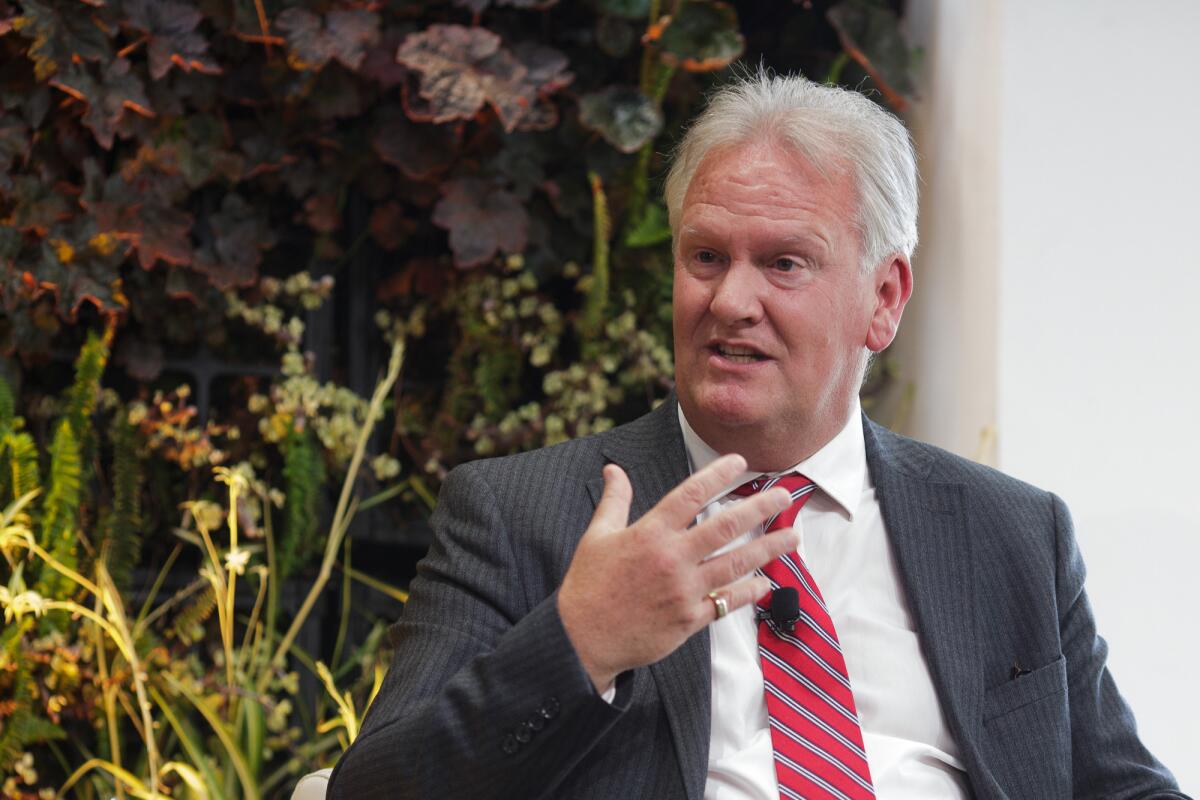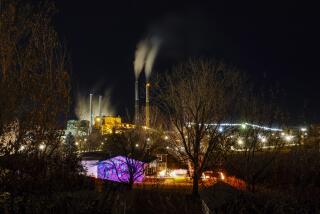Can coal investing be environmentally friendly? A contrarian take on ESG

One of the biggest investment trends over the last several years has been symbolized by a ubiquitous acronym: ESG, or environmental, social and governance.
The theory behind ESG comes in two parts: first, that investors have a responsibility to use their money to push companies to be more ethical and accountable for their actions; second, that companies with good governance and responsible practices can provide better returns over time despite potentially higher costs — as they are better adapted for a changing world where consumers, regulators and markets stand ready to punish bad actors.
ESG has proved both increasingly popular — with net inflows of $70 billion last year, a 35% increase over a record set in 2020, according to Morningstar — and correspondingly controversial. Elon Musk called it “the devil incarnate.” Peter Thiel called it a “hate factory.”
Advocates of ESG investing, meanwhile, have been feeling burned, raising cries of greenwashing around supposedly environmentally friendly funds that have holdings in such industries as coal or arms manufacturing.
As head of global sustainable finance for Fitch Ratings, Andrew Steel is a key arbitrator of this debate, with views likely to rankle both ESG true believers and haters. Fitch both assesses the financial risk of debt based on ESG-related factors and rates investments on their ESG impact. At the Milken Institute Global Conference this week, Steel explained why energy companies with oil, gas and coal assets can get top scores for ESG credit risk — and why strict ESG investors may be missing out on not just returns but a chance to influence the world for the better.
Steel expanded on his views in an interview that has been edited for length and clarity.
Let’s start with a fact that gets at the debate around what ESG is and isn’t: A fund that includes debt issued by coal, oil and gas companies, leading emitters of carbon, can receive a top ESG credit-risk rating. Can you explain this?
There are a large number of mining companies, oil and gas companies that know what the environmental regulations are, they’re pretty good at managing them and they manage them in a way so there’s not a short-term or medium-term impact on their financial profile. So what that tells you is your mining company, in its financial forecast for the next three to five years, doesn’t appear to be suffering any kind of environmental impact.
Shouldn’t it be about the impact of the coal mine on the environment?
That is only the financial materiality perspective. On a sort of morally agnostic basis, it’s either material or it isn’t material. I’m not making a value judgment on that. But then if I’m worried about the longer term, how do I look at that? We said the biggest risk there is the regulatory change. If you’ve got a net-zero [carbon emissions] target as a country, what does that mean? How do you have to change the industries in your country to achieve your net-zero target? Or how do you have to change the composition of business within your country to do that?
So what do you do?
We looked at the United Nations Inevitable Policy Response scenario, which is a scenario that has the entire world limiting global warming to 2 degrees Celsius by 2100. And what that does is it goes into a lot of detail about commodity prices, and the impact on different industry sectors in different countries around the world that are required for all these countries to meet their net-zero targets. So we said, OK, from that we can work out how the risk trajectory that relates to these financial risks is going to change between now and 2050.
That is complicated. Can you give a specific industry example of what you are talking about?
If you look at coal-fired utilities in Europe, for instance, what you see is they’re already at a fairly high level of credit risk threat because they’re having to account for the cost of carbon. It makes it uneconomical. You don’t really want to be in that type of business. If you look at the same industry in China, then actually, it’s not going to reach that type of [risk] level until the mid- to late 2030s.
OK, so what should an investor who’s thinking in terms of both positive returns and positive impact do?
So what that tells you is, all areas are not equal even within the same industry. But as an investor, if people are saying I’m not going to invest in coal, full stop, nothing to do with coal, won’t touch it, then actually, maybe there’s an opportunity for you to go and invest in China for the next 10 or 15 years. Make a very good return and in making your investment put in conditions about transitioning away in the longer term, in the 2030-to-2040 period.
Why would I want to do that if I’m concerned about the environmental impact now?
You can’t suddenly change. There has to be a transition. And that transition has to take into account not just environmental considerations but the social considerations. If you think about emerging markets, the proposition is fundamentally different from developed markets. We kind of have a luxury in developed markets that we can sort of say, well, actually, this is how we’d like to manage things. But if you look at how developed markets have got to where they’ve gotten to, a lot of that has been outsourcing the dirty work into other markets.
Who has done this?
So for instance, the U.K. will claim it’s done massive decarbonization over the last 20 years, but actually, its manufacturing industry has been outsourcing to emerging markets. [The U.K.] has become a service economy, but that actual production of carbon has not disappeared.
Onstage, you made the comment that divestment can actually be tantamount to greenwashing. Can you explain that a bit more?
Beware of investments that are doing things to appear to be good versus actually making an impact. The classic example is exclusion. You might get an investment house that says we are not doing coal along with armaments and nuclear. That’s managing their image. Just deciding you’re not going to invest in coal doesn’t stop China from building coal-fired power plants. It doesn’t even stop Europe running coal-fired power plants.
Well, then how do you attack that problem? You talked about supporting transitional investing on the panel.
The more interesting thing is to support impact investing or investing to support a transition. Maybe the investment that you’re looking at is a coal-fired plant, or it’s a business that has coal-fired energy — and it has renewable energy. And it says, I’m running down my coal-fired energy over the next five years, and I’m switching into renewables. That’s the sort of transformational change where you actually really make a difference.
More to Read
Inside the business of entertainment
The Wide Shot brings you news, analysis and insights on everything from streaming wars to production — and what it all means for the future.
You may occasionally receive promotional content from the Los Angeles Times.










